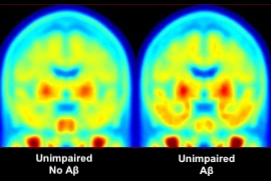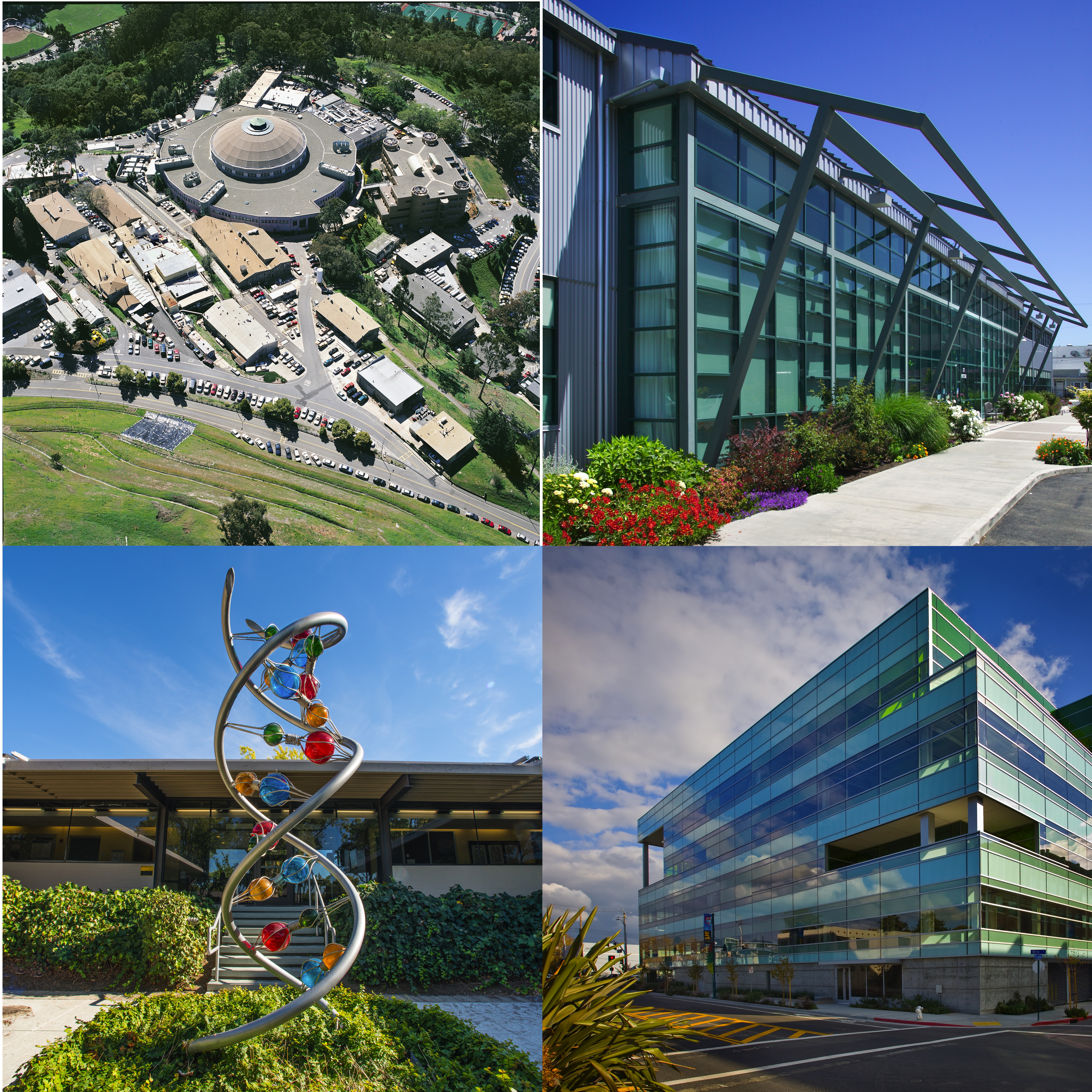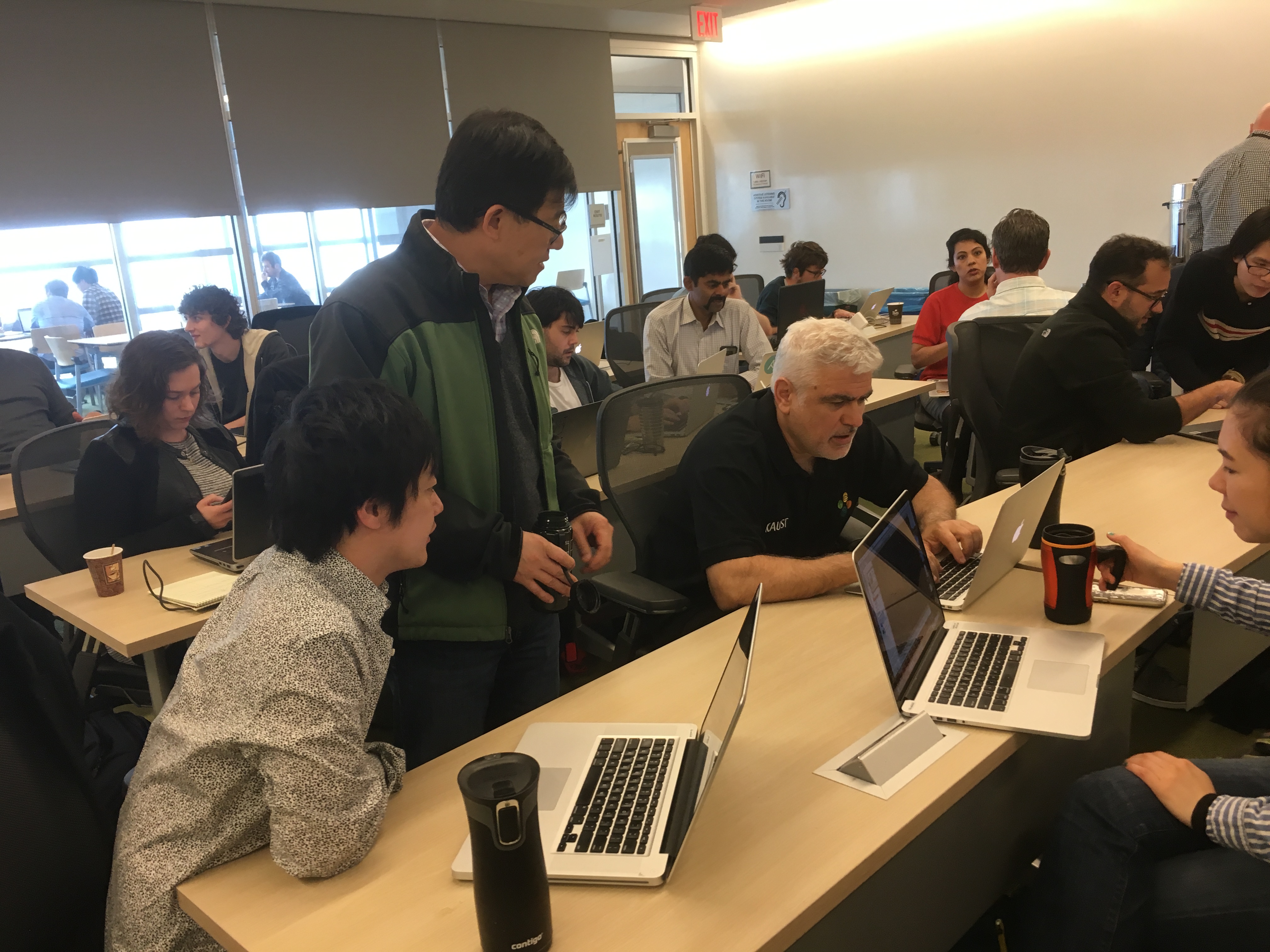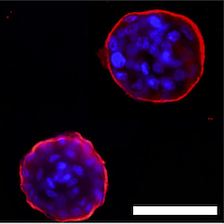



-
Biosciences Area FY18 LDRD Projects
The projects of 13 Biosciences Area scientists and engineers received funding through the FY18 Laboratory Directed Research and Development (LDRD) program. These projects span a diverse array of topics and approaches including the study of microbiomes in relation to patterns of mutualism, crop productivity, and gut health; synthetic biology for engineering biosurfactant production and energy conversion pathways; and the application of technologies such as machine learning, high-resolution optical microscopy, and single-cell transcriptomics. Together, these efforts account for 18.75 percent of the $20 million allocated. Lab-wide, 74 projects were selected from a field of 215.
Read the article -
Computing Sciences and Biosciences Hold Machine Learning Workshop
The Lab’s Computing Sciences and Biosciences Areas jointly held a week-long workshop focused on machine learning in data science, the goal of which was to build bridges through a common foundation in statistical computing. Thirty attendees from Biosciences, Computing Sciences, and Lab IT received hands-on training provided by Data Incubator before engaging in a hackathon to apply the techniques to relevant science problems and data sets.
Read the article -
JBEI Enzyme Discovery Enables First-Time Microbial Production of the Octane Booster Toluene
Researchers at the Department of Energy’s Joint BioEnergy Institute (JBEI) and Lawrence Berkeley National Laboratory (Berkeley Lab) have discovered a new enzyme that will enable microbial production of a renewable alternative to petroleum-based toluene, a widely used octane booster in gasoline that has a global market of twenty nine million tons per year.
Read the article -
Nitric Oxide Is the Key for Building Breast Tissue from Single Cells in 3-Dimensions
Building on four decades of research, Mina Bissell, Distinguished Scientist in Biological Systems and Engineering (BSE) Division and her colleagues have demonstrated a dynamic reciprocity between the extracellular matrix (ECM) and cell nucleus for tissue-specific gene expression. Using the 3D ECM gel to study signaling from outside the cell to the nucleus they have unraveled a dozen different pathways critical for the formation of phenotypically normal breast tissue. The signaling between the ECM and the nucleus is pivotal, bidirectional, and intricate. In two papers published in eLife this week, Bissell and Dan Fletcher, BSE faculty scientist and Purnendu Chatterjee Professor…
Read the article -
Brewing Hoppy Beer Without the Hops
In a new study published in Nature Communications, a team of researchers led by Jay Keasling, CEO of the Department of Energy’s Joint BioEnergy Institute (JBEI), report that brewer’s yeast can be engineered to alter the flavor of beer. In this case, the scientists incorporated recombinant DNA derived from yeast, mint, and basil so the brewer’s yeast would biosynthesize aromatic monoterpene molecules that impart hoppy flavor. The benefits of this are two-fold: bioengineering can lead to flavor palette expansion while increasing the sustainability of the brewing process.
Read the article





